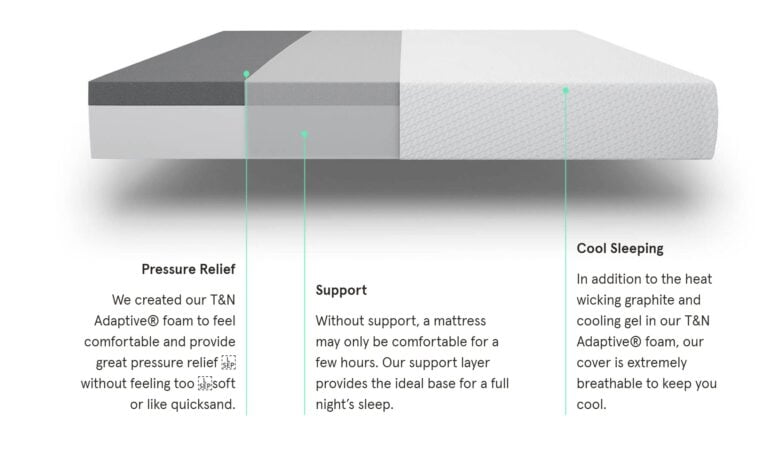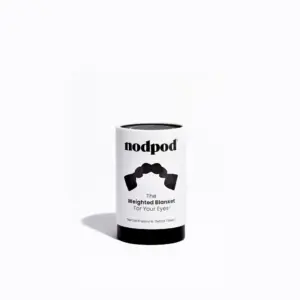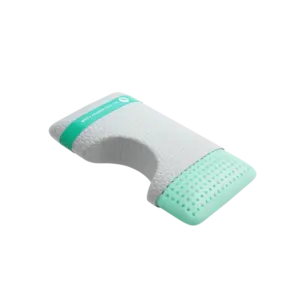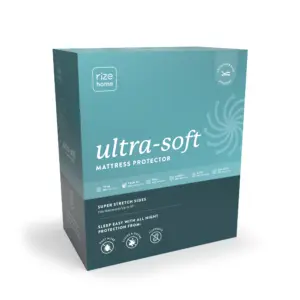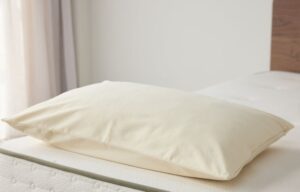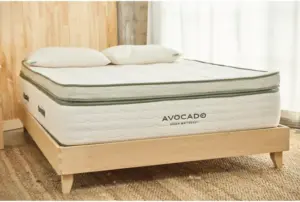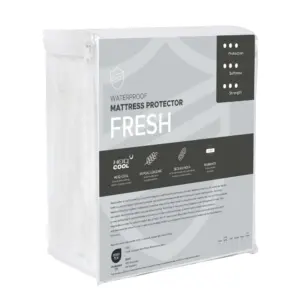The Complete Guide to Memory Foam vs. Regular Foam: Pros, Cons, and Your Best Options in 2025
Why Memory Foam vs. Regular Foam Matters
Choosing the right mattress is a key factor in ensuring restful sleep and overall health. Understanding the differences between memory foam vs. regular foam is essential for making an informed decision. Let’s start by breaking down the essential characteristics of both types of foam.
Memory Foam: An Overview
Pros:
– Superior Pressure Relief: Memory foam is renowned for its ability to contour to the body, providing exceptional pressure relief that helps alleviate pain in the shoulders, hips, and back.
– Excellent Motion Isolation: It effectively reduces motion transfer, making it ideal if you share a bed and don’t want to disturb your partner’s sleep.
– Durability: Memory foam tends to last longer than regular foam, maintaining its shape and support over time.
Cons:
– Heat Retention: Many memory foam mattresses trap heat, which may lead to discomfort for those who sleep hot.
– Cost: Generally, memory foam mattresses are more expensive due to their advanced manufacturing.
– Minimal Bounce: This material lacks the reactive feel found in other mattress types, which can make changing positions more challenging.
Regular Foam: An Overview
Pros:
– Balanced Feel: Regular foam provides a stable sleep surface that offers support without the sinking feeling associated with memory foam.
– Cooler Temperature: Regular foam often allows for better airflow, leading to a cooler sleeping environment.
– Budget-Friendly: Generally, this type of foam is more affordable than memory foam, making it accessible for various budgets.
Cons:
– Less Contouring: Regular foam does not provide the same level of body-hugging comfort as memory foam, which might be a drawback for those needing specific pressure relief.
– Variable Performance: The quality can vary significantly depending on the type and density of the foam used.
– Higher Motion Transfer: Couples may feel disturbed by each other’s movements more with regular foam than with memory foam.
What is Memory Foam?
Memory foam, a specialized type of polyurethane foam, boasts unique qualities developed originally for NASA. Its viscoelastic properties—combining both viscosity (slow to change shape) and elasticity (returns quickly to its original form)—allow it to contour precisely to your body. This design creates a “hugging” sensation, significantly reducing pressure on sensitive areas.
Key Features of Memory Foam
– Pressure Relief: It adapts to your shape, distributing weight evenly and minimizing stress on joints. This characteristic makes it particularly beneficial for those with conditions like arthritis and sciatica.
– Motion Isolation: The dense structure absorbs movement, which is especially helpful for light sleepers who might be disturbed by a partner’s movements.
– Heat Retention Solutions: Modern advancements include gel-infused and graphite foam solutions to mitigate heat retention, ensuring a cooler sleep experience.
What is Regular Foam?
Regular foam, typically known as polyurethane foam, comes in various densities and can exhibit different characteristics based on its formulation.
Types and Features of Regular Foam
– High-Resilience Polyfoam: This offers a balance of softness and support, making it popular in high-quality mattresses.
– Low-Density Foam: Often found in budget-friendly mattresses, this type may lack durability but provides initial softness.
– High-Density Foam: Commonly used in the foundational layers of mattresses, it offers durability but can be firmer than other options.
Understanding these characteristics is crucial to finding a mattress that meets your specific sleeping needs.
Memory Foam vs. Regular Foam: Key Differences
When deciding between memory foam vs. regular foam, understanding these differences can help clarify your choice.
Density
– Memory Foam: Generally denser, allowing for excellent durability and support, but can trap heat.
– Regular Foam: Varies widely—high-density options can be comparable to memory foam, while low-density versions are more budget-friendly.
Contour and Feel
– Memory Foam: Molds deeply to your body, offering that signature “hug.” Ideal for side sleepers who need pressure relief.
– Regular Foam: Provides a more balanced surface, supporting without sinking too deeply, making it easier to move around.
Response Time
– Memory Foam: Slower to react, which can create a sensation of being stuck each time you move.
– Regular Foam: Faster response, making changing positions or getting out of bed easier.
Motion Transfer
– Memory Foam: Excels at isolating movement, making it a great choice for couples.
– Regular Foam: Typically has higher motion transfer, which could disrupt sleep if you share a bed.
Cooling Properties
– Memory Foam: Tends to warm up unless it includes additional cooling technologies.
– Regular Foam: Generally cooler due to better airflow.
Price
– Memory Foam: Often more expensive because of quality and manufacturing processes.
– Regular Foam: Generally more affordable, offering various options for budget-conscious shoppers.
Which is Best for You?
When deciding between memory foam vs. regular foam, your personal preferences and sleeping habits play crucial roles.
Sleeping Position
– Side Sleepers: May favor memory foam for the pressure relief it provides.
– Back Sleepers: Both types can work, but memory foam often promotes better spinal alignment.
– Stomach Sleepers: Regular foam may prevent the sinking feeling that can lead to back pain.
Body Weight
– Lightweight: Memory foam’s contouring can provide comfort, albeit some may find it too warm.
– Average Weight (130-230 lbs): Both options are suitable, but memory foam excels in pressure relief and motion isolation.
– Heavyweight (over 230 lbs): High-resilience regular foam or high-density memory foam is preferable for durability and support.
Budget
– If you’re working with a more limited budget, regular foam presents an excellent balance of comfort and affordability. For those who can invest more, memory foam offers enhanced benefits.
Cooling Needs
– Hot sleepers might lean toward regular foam or gel-infused memory foam. In contrast, those who tend to feel cold might appreciate the warmth of traditional memory foam.
Motion Isolation and Edge Support
– If you share your bed or prefer sleeping close to the edge, memory foam is often the better choice for minimizing disturbances and providing stability.
Conclusion
In summary, choosing between memory foam vs. regular foam involves assessing your specific needs—be it pressure relief, cooling properties, or budget considerations. Memory foam stands out for its contouring and motion isolation, while regular foam excels in affordability and cooling.
At Yawnder, we strive to help you navigate these choices to find the ideal mattress. Whether you ultimately opt for memory foam or regular foam, investing in a high-quality mattress can significantly improve your sleep quality and, in turn, your overall well-being.
Explore our curated reviews and top picks to find the perfect mattress tailored to your unique preferences. Happy sleeping!

